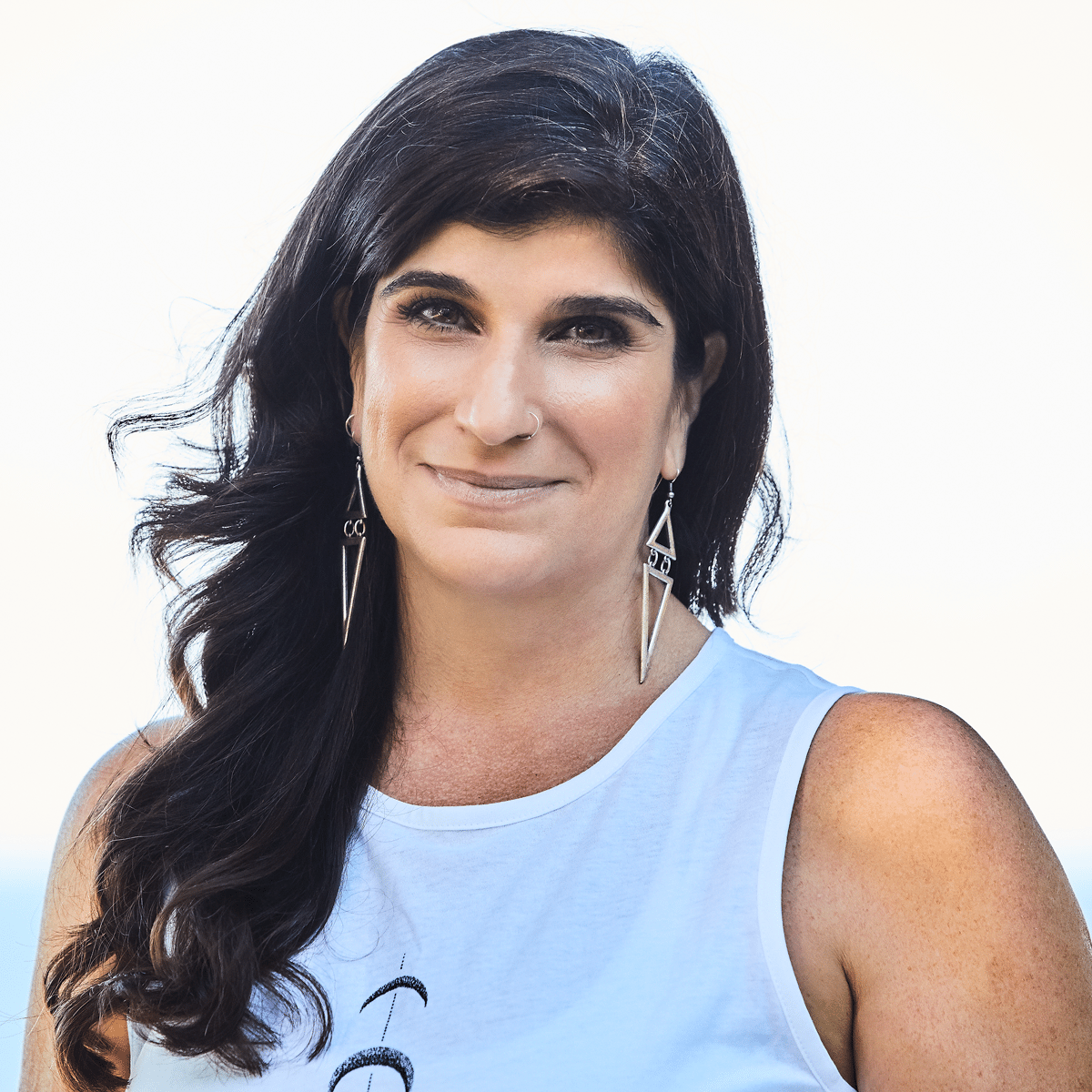Mrs. Large is an elephant and the mother of Laura, Lester and baby who tries – without success – to have a bath with a tray of tea and some scones away from her children. Five Minutes Peace by Jill Murphy is the bedtime book I always choose to read to my kids when it is my turn to choose. It ends with all three of her kids joining her in the bathtub. She gets out, goes down to the kitchen, ‘where she had three minutes and forty-five seconds of peace before they all came to join her.’
I get to read bedtime stories by 6pm in winter. The premature darkness winks at me. Between early nightfall and my kids’ time-illiteracy, I can have them asleep by seven, believing they are having a late night. It is so easy to abuse their trust. But I will do just about anything to get them to sleep because that is when I love them the most. Even when I am unravelled with exhaustion, devotion for these maddening, beloved creatures seeps into my bones, when they are silent and needy-less.
In the quiet of my nightly visits to their stuffed-toy emporium, I am able to recommit myself to the daily labour of mothering them. Of late, the image of those four photographs beneath the caption, ‘Dead by their mother’s hand’ has intruded into this precious time, when I, like every other mother, marvel at the wonder of my perfect babies. Mothers – we’re all so alike, all so camera-happy when they get their first tooth, sit upright, crawl and walk for the first time. Kathleen Folbigg is no different than I was in those early days. Her sweet face confirms how prettily benign evil can look.
Like all mothers of small children, I too have wanted to kill my kids. Not by suffocating them. More like getting them out of my hair for two minutes so I can do a poo without needing to plait Strawberry Barbie’s hair or unclick some Lego pieces cemented together with peanut butter. I too have fantasized my escape from the bucket of plastic dinosaurs and trail of MacDonald toys that appear in my bath, under my blankets or in my underwear drawer. I also long to be unmoored from the demands of small people, incapable of reasoning or self-cleanliness so that I can tune in with my body’s needs for a long glass of water, or a hot water bottle to relieve lower backache. We’ve all been there.
But Kathleen Folbigg overstepped the desire to be momentarily free from her children. She took a lesser travelled turn in the road into the underworld, where the unimaginable occurs – mothers kill their own children. Surely only baby rape (common in South Africa) could possibly compete for the prize in the category ‘The Most Ghastly Crimes Humanly Imaginable.’
We hardly need to budge from the lap of our moral discourse to condemn Folbigg – she has done all the work for us. Across cultures, religious differences and ethnic divisions, she unites us in our abhorrence – even in countries where women kill girl babies, there would be no mercy for killing a healthy son. And in this post-modern world, torn apart by divisions and difference, there is something immensely comforting in this unequivocal condemnation.
In June of 2001, as I was battling daily with the unrelenting chores of early motherhood, Andrea Yates drowned her five children in Texas in the United States. While I vacillated from the delirium of night-time feeds to the euphoria of early morning cuddles, to the revulsion of vomit clean-ups and back again, I was sucked into the vortex of this condemned stranger’s pain. Because I too had known the terrifying emotions of anger, frustration and fear that are invisibly tacked onto the romantic myth of motherhood, my curiosity drew me to the epicentre of her plight. I found myself wondering what happened to her on June 20th and why that day was different from all the other thousands of days preceding it when suddenly that quintet of beautiful faces became monstrous to her. I felt compelled to look into the eye of what was abhorrent and beyond forgiveness. I wanted to stand in her shoes.
Andrea Yates had a history of post-natal depression, but let’s face it, who really takes any notice, until the mother kills herself or her child or both? She did not want five children – that was clear long before she found herself alone with them all day, home-schooling those old enough to be at school. I mentally multiplied the demands of my two kids by an extra three kids, subtracted the six hours a day they are both at school and kindergarten, and something in me shifted. It is that same something that deeply disturbs Holocaust philosophers like Emil Fackenheim about the study of the Nazi mentality. Similarly, George Steiner’s play, ‘The Portage to San Christobel of AH (1979) was met with great controversy due to the anxiety that Hitler’s monologue defending and explaining his actions might prompt empathy with a cause that should not be understood. Perhaps mothers who kill their children are just this evil. They have given up their right to be understood, forfeited compassion by the breaking of an immutable taboo. But in the face of all this philosophising, I felt sorry for Andrea Yates.
Just as I had neatly formulated my response to Yates, Folbigg comes to undo my hard work. Damn her. If I could pick and choose between mothers who kill their kids, I’d take Yates any day over Folbigg. Yates snapped. It was a moment of self-disintegration. She did them all in one go. But Folbigg? It is a far greater ask for us to understand how anyone could, over a period of ten years, fall pregnant, carry to term, give birth, feed and care for a newborn child, and then decide, ‘I can’t do this’ – not once, not twice, not three times but four times. That was clear after Caleb. Resoundingly clearer after Patrick. And yet the show went on. Isn’t insanity defined as the repetition of the same action expecting different results? Perhaps Folbigg, is most comfortably filed under Insanity. Along with Ted Bundy and Jeffrey Dahmer.
But when it comes to crimes of infanticide, comfort is a luxury. More than it being true, I know that I need her to be mad or evil to distinguish ‘mothers like her’ from ‘mothers like me.’ She must have loved them – every mother does. So I need to understand how she did it, maybe even more than why. As a feminist, I fear we have come nowhere close to uncovering the dramas of women’s unexamined lives. Because she is such an unforgivable example, perhaps Kathleen Folbigg is a good place for us to start.
Women like Yates and Folbigg do not do the feminist movement any favours. They require feminist lawyers to argue that women who kill their children are victims of the oppression inherent in the gendered institution of motherhood and all its callous invisibilities. Killing your babies is one sure way to raise the profile of your personal problems, but does it necessarily politicise them? Feminist lawyers even have a hard time with battered women who kill their abusers. The law is slow to accept that even when a woman has been physically brutalized for years, killing a sleeping man or striking him from behind amounts to legitimate ‘self-defence.’
In legal discourse, enforced maternity and unwanted maternity after the fact would not qualify as abuse. And your average post-natally depressed mother does not routinely choose murder over say, Prozac. Arguments that mothers who kill their children are ‘victims’ cannot survive the imagination’s conjurings of a child’s last thrashing moments, under water or beneath pillows as love, trust, panic, fear course through his veins. Mum? MUM? MUM????? Mothers turning on their own children brutally invert the stereotype of motherhood as a repository of all that is gentle and good in the world. Hell will freeze over before the law in its lumbering inability for nuance, accepts that Yates and Folbigg are ‘victims’. And it will be eons later before public opinion (the arena where real judgement takes place) clears a corner of empathy in which women who kill their children can cower. Whenever women’s rights compete with children’s rights, children will always win. We feel for children in ways that we simply cannot for adults. Kids are so cute-‘n-all.
But I suspect that condemning Folbigg is a well-trodden dead-end street. There is a lesser travelled road. Fackenheim might not like it. But he appreciates the power in the act of understanding. It is not a passive gesture, rather one of exchange, which alters us in the process. How then can we resist it? How can we knowingly shun the possibility that the view from our compassion might be broader than that from the moral high ground?
Joyce Harmer, the Salvation Army officer who sat by Folbigg’s side throughout her trial is one of the other personalities animating her grisly tale. As if to force us into a discomfort zone, she sat holding Folbigg’s hand, comforting her like, like…. (dare I suggest it?) a mother. The simplicity of her compassionate presence evokes all sorts of unsolicited emotions and questions in me. Should I care that Kathleen Folbigg’s mother was murdered by her father when she was just eighteen months old? Does it render her any more worthy of compassion or understanding, or is it in Alan Dershowitz’s lingo, just another ‘abuse excuse’?





